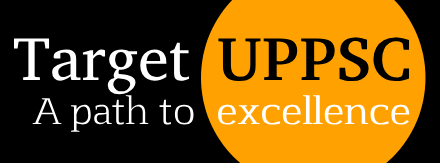2020 GS P3 PYQ Solution, PYQs Solution
Q.19. Explain the ‘Higher Defence Organisation of India’.
The ‘Higher Defence Organisation of India’ (HDO) is responsible for the formulation, coordination, and execution of defense policies at the national level. It ensures the integration and management of the defense services—Army, Navy, and Air Force—under a unified command structure. Here are the key components and their roles:
1. Ministry of Defence (MoD):
- Departments: The MoD consists of four departments: Defence, Defence Production, Defence Research and Development, and Ex-Servicemen Welfare.
- Defence Secretary: The head of the Department of Defence, responsible for coordinating the activities of the MoD’s departments.
2. Integrated Headquarters:
- Post-Kargil War reforms led to the creation of Integrated HQ of the MoD, which includes the three services.
3. Chief of Defence Staff (CDS):
- The CDS acts as the principal military advisor to the Defence Minister and leads the Department of Military Affairs (DMA).
- The CDS is responsible for fostering inter-services cooperation and integrating operations.
4. National Security Council (NSC):
- Chaired by the Prime Minister, the NSC is the apex body that deliberates on strategic defense and security matters.
5. Strategic Forces Command (SFC):
- Manages India’s nuclear arsenal and formulates doctrine and strategy for the use of nuclear weapons.
6. Defence Planning Committee (DPC):
- Aims to facilitate comprehensive and integrated planning for defense matters.
7. National Security Advisor (NSA):
- Advises the Prime Minister on national security and foreign policy.
The HDO’s structure is designed to provide a cohesive and coordinated defense posture for India, addressing both traditional and non-traditional security challenges. Recent reforms have aimed at enhancing the effectiveness of the HDO, including the strengthening of the NSA’s office and the creation of the CDS position to ensure better integration among the armed forces.

